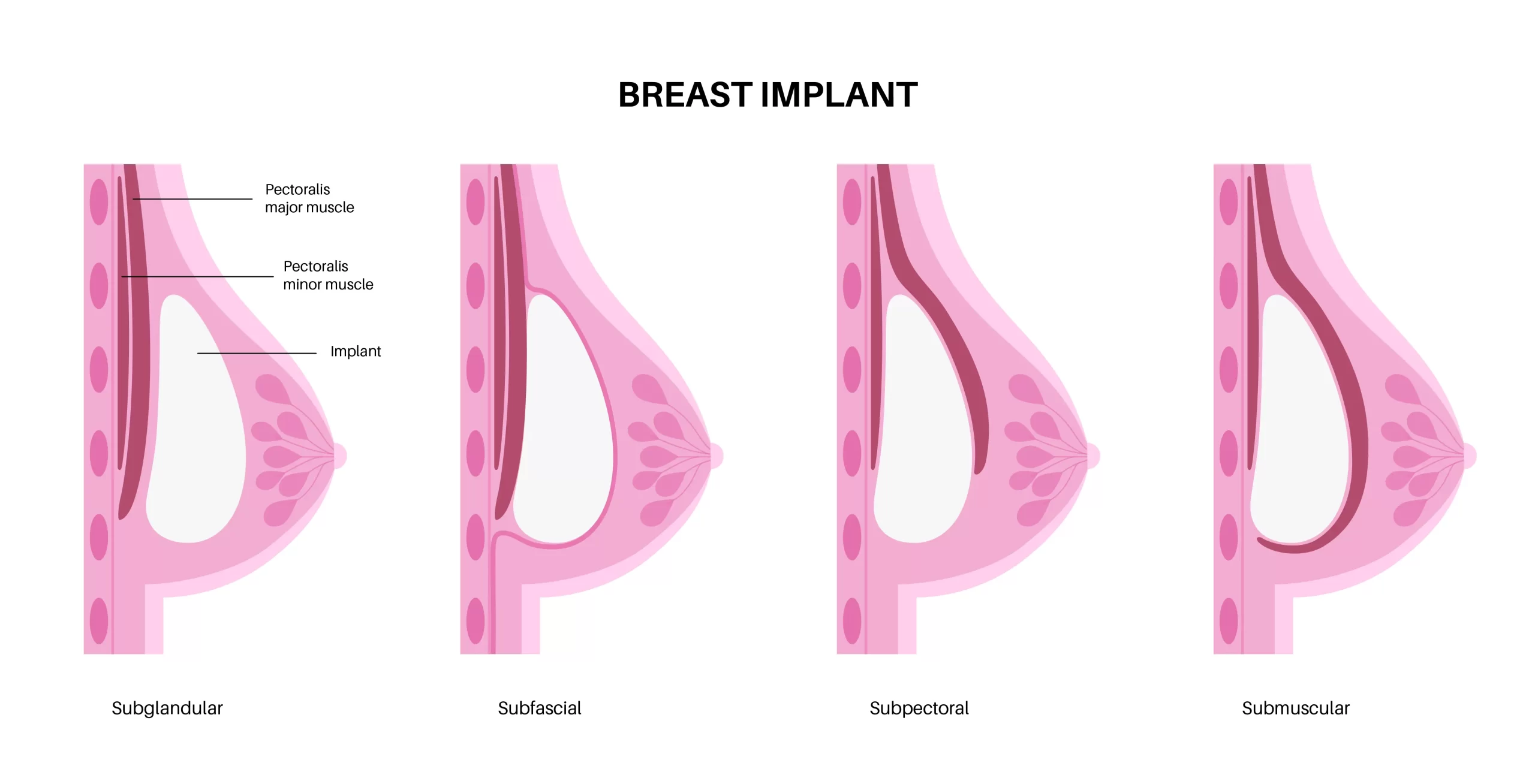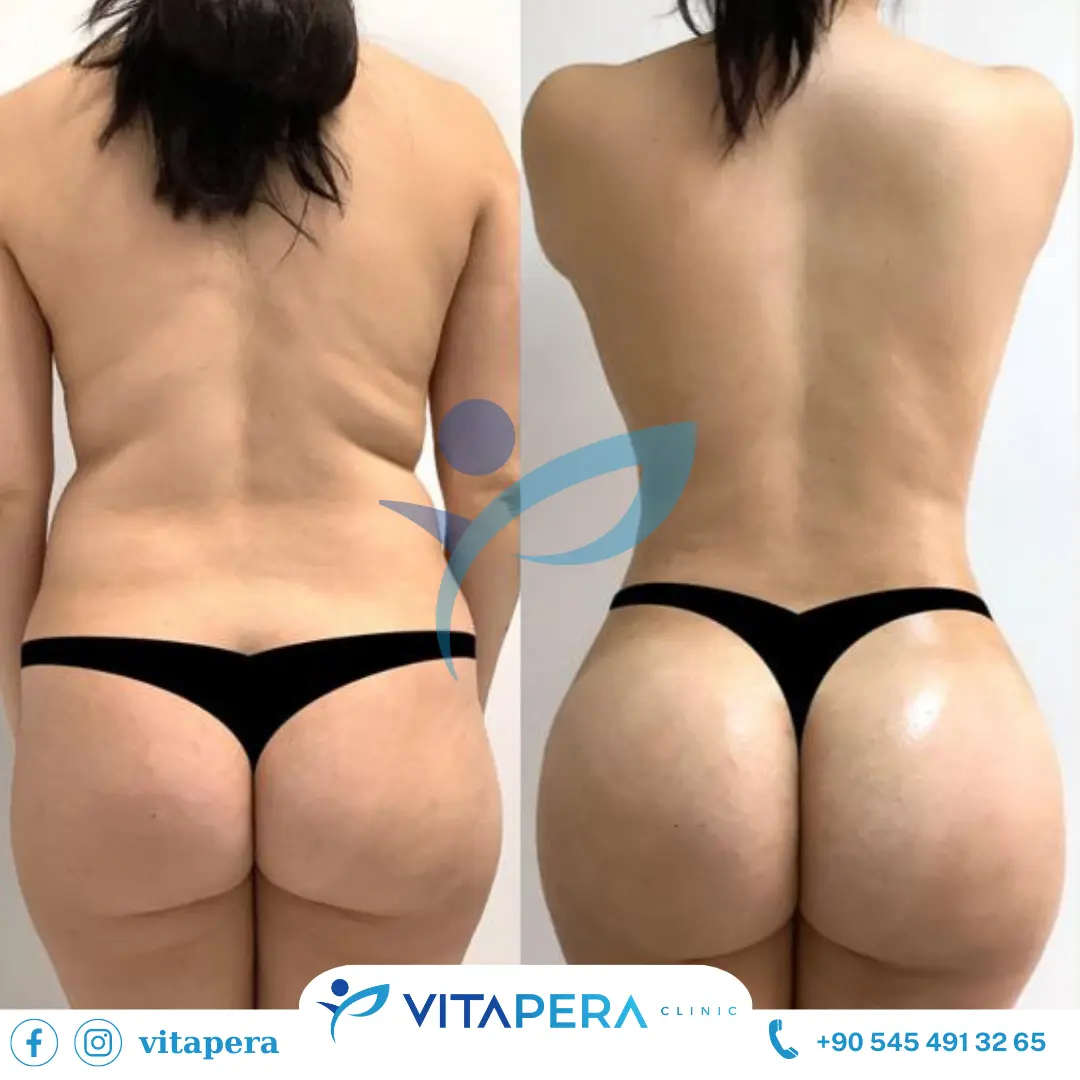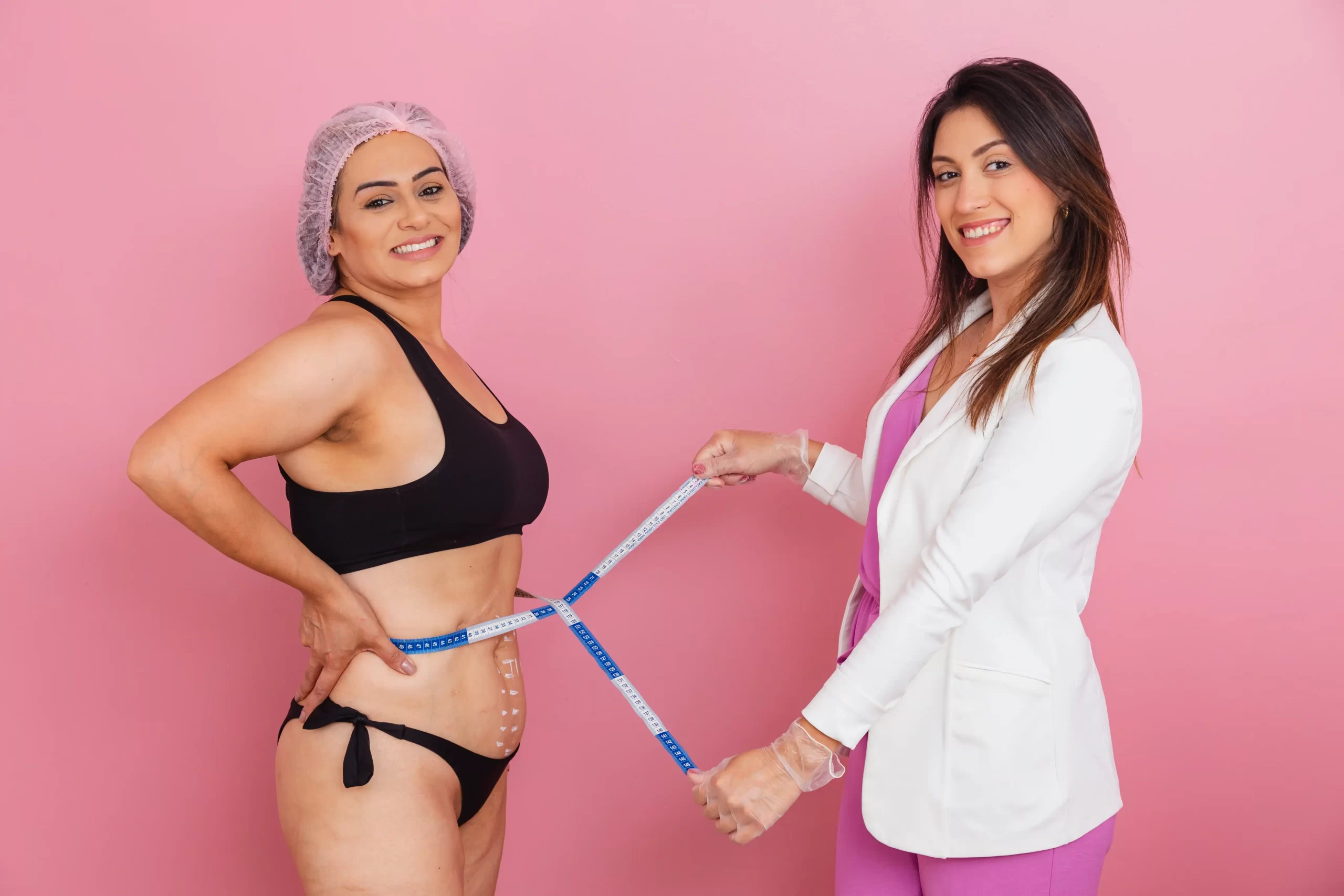Tubular breasts, also known as tuberous breasts, are a congenital condition that affects breast development during puberty. This condition is characterized by narrow, elongated breast tissue, a high breast fold, enlarged and puffy areolas, and often asymmetry between breasts.
While tubular breasts are entirely normal and don’t pose any health risks, many women seek correction for aesthetic reasons and improved self-confidence. At Vitapera Clinic in Istanbul, our experienced surgical team understands the unique challenges this condition presents and offers personalized treatment approaches.
What Causes Tubular Breasts?
Tuberous breast development occurs during embryological development and becomes apparent during puberty. The condition results from a constricting ring of connective tissue at the base of the breast that restricts normal breast tissue growth and expansion.
This restriction leads to the characteristic tubular shape and other associated features. Genetic factors may play a role, though the exact cause remains unclear. It’s important to note that this condition isn’t caused by any lifestyle factors or preventable circumstances – it’s simply a natural variation in breast development that affects many women worldwide.
Breast Augmentation for Tuberous Breasts in Istanbul
At Vitapera Clinic, we specialize in comprehensive breast augmentation techniques specifically designed for tuberous breast correction. Our surgical approach combines advanced tissue manipulation with careful implant selection to achieve natural-looking results.
The Breast lift in Turkey procedure typically involves releasing the constricting tissue, redistributing existing breast tissue, and potentially using carefully selected implants to create fuller, more symmetrical breasts. Our surgeons employ state-of-the-art techniques that address both the internal tissue restriction and external appearance, ensuring harmonious results that align with each patient’s unique anatomy and goals.
How to Treat Tuberous Breasts?
Treatment for tuberous breasts requires a customized surgical approach that addresses multiple aspects of the condition. The comprehensive treatment plan at Vitapera typically begins with a detailed assessment of breast tissue characteristics, degree of asymmetry, and patient goals.
Our surgical correction often combines several techniques, including release of the constricting tissue, areola reduction when needed, and careful breast tissue reshaping. Some patients may benefit from a dual-plane approach using implants, while others might achieve their desired results through tissue rearrangement alone. The key to successful treatment lies in selecting the most appropriate surgical technique for each individual case.
Tuberous Breast Types
Tuberous breasts are typically classified into three distinct types, each requiring a specialized approach to treatment. Type I presents with minimal constriction and primarily affects the lower breast pole, while Type II shows moderate constriction with both lower pole deficiency and areola enlargement. Type III, the most severe form, exhibits significant constriction of the breast base, marked asymmetry, and pronounced areola herniation.
At Vitapera, our surgical team carefully evaluates each patient’s specific type to develop the most effective treatment strategy, ensuring optimal results tailored to their unique presentation.
Breast Lift in Tubular Breast Procedure
The breast lift component of tuberous breast correction at Vitapera plays a crucial role in achieving natural-looking results. Our surgical approach combines traditional breast lift techniques with specialized methods designed specifically for tuberous breast correction.
The procedure involves carefully releasing the constricting tissue bands, reshaping the breast tissue to create a more rounded appearance, and repositioning the nipple-areola complex to an aesthetically pleasing position. We often integrate this lift procedure with other techniques to ensure comprehensive correction and enhanced breast shape.
Ideal Tuberous Breast (Before/After)
At Vitapera Clinic, we understand that ideal results for tuberous breast correction involve creating natural-looking, symmetrical breasts that harmonize with the patient’s body proportions. Our approach focuses on achieving fuller lower poles, properly positioned nipple-areola complexes, and balanced breast volume.
Through careful surgical planning and advanced techniques, we work to transform tuberous breasts into aesthetically pleasing results that enhance our patients’ confidence and satisfaction. Each case is unique, and we tailor our surgical approach to meet individual patient goals while maintaining natural-looking outcomes.
FAQs
What qualifies as a tubular breast?
Tubular breasts are characterized by narrow breast base diameter, unusually high inframammary fold, enlarged or puffy areolas, and often significant asymmetry. The condition becomes apparent during breast development and can affect one or both breasts.
What is the difference between tubular and normal breasts?
Normal breasts typically have a rounded shape with adequate tissue distribution, while tubular breasts show a constricted base, limited lower pole development, and often protruding areolas. The main difference lies in the tissue distribution and overall breast shape.
How rare are tubular breasts?
While exact statistics vary, tuberous breast deformity affects approximately 5-10% of women with breast asymmetry. The condition is more common than many people realize, though it often goes undiagnosed or undiscussed.
Do tubular breasts mean PCOS?
No, tubular breasts are not related to PCOS (Polycystic Ovary Syndrome). Tuberous breast deformity is a congenital condition affecting breast development during puberty and is not connected to hormonal disorders like PCOS.










